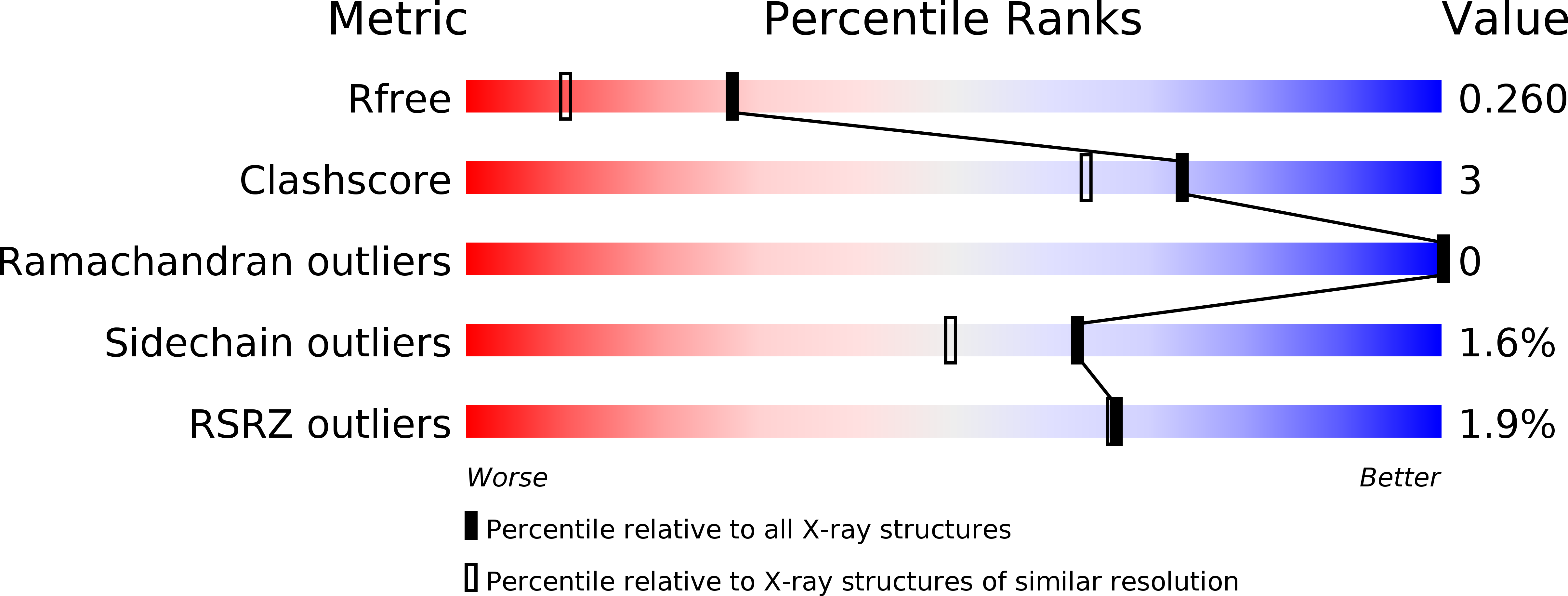
Deposition Date
2010-10-21
Release Date
2011-03-30
Last Version Date
2023-09-06
Entry Detail
PDB ID:
3PCT
Keywords:
Title:
Structure of the class C acid phosphatase from Pasteurella multocida
Biological Source:
Source Organism:
Pasteurella multocida (Taxon ID: 747)
Host Organism:
Method Details:
Experimental Method:
Resolution:
1.85 Å
R-Value Free:
0.26
R-Value Work:
0.21
R-Value Observed:
0.21
Space Group:
C 1 2 1


